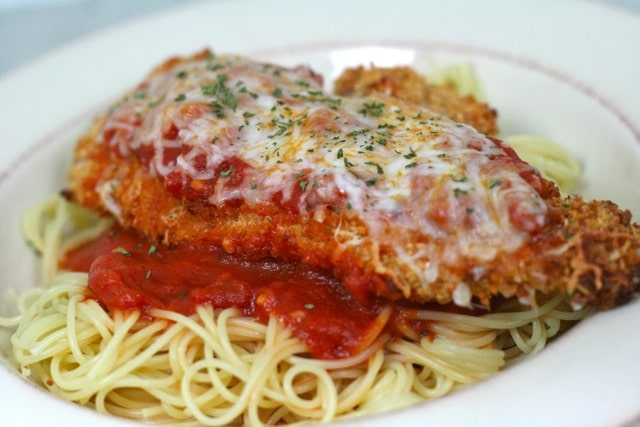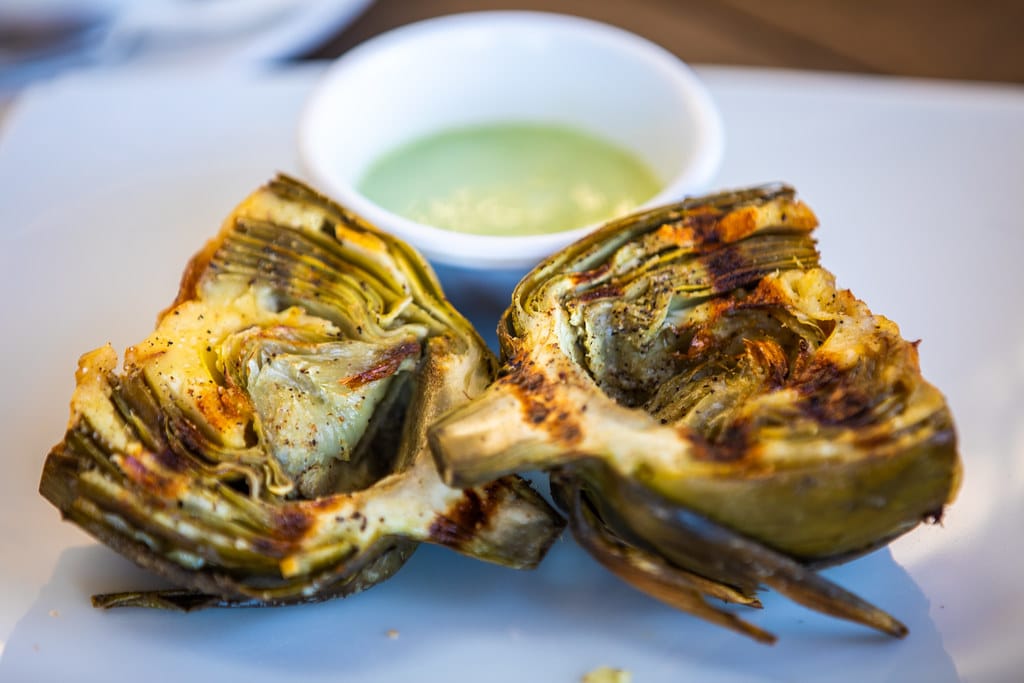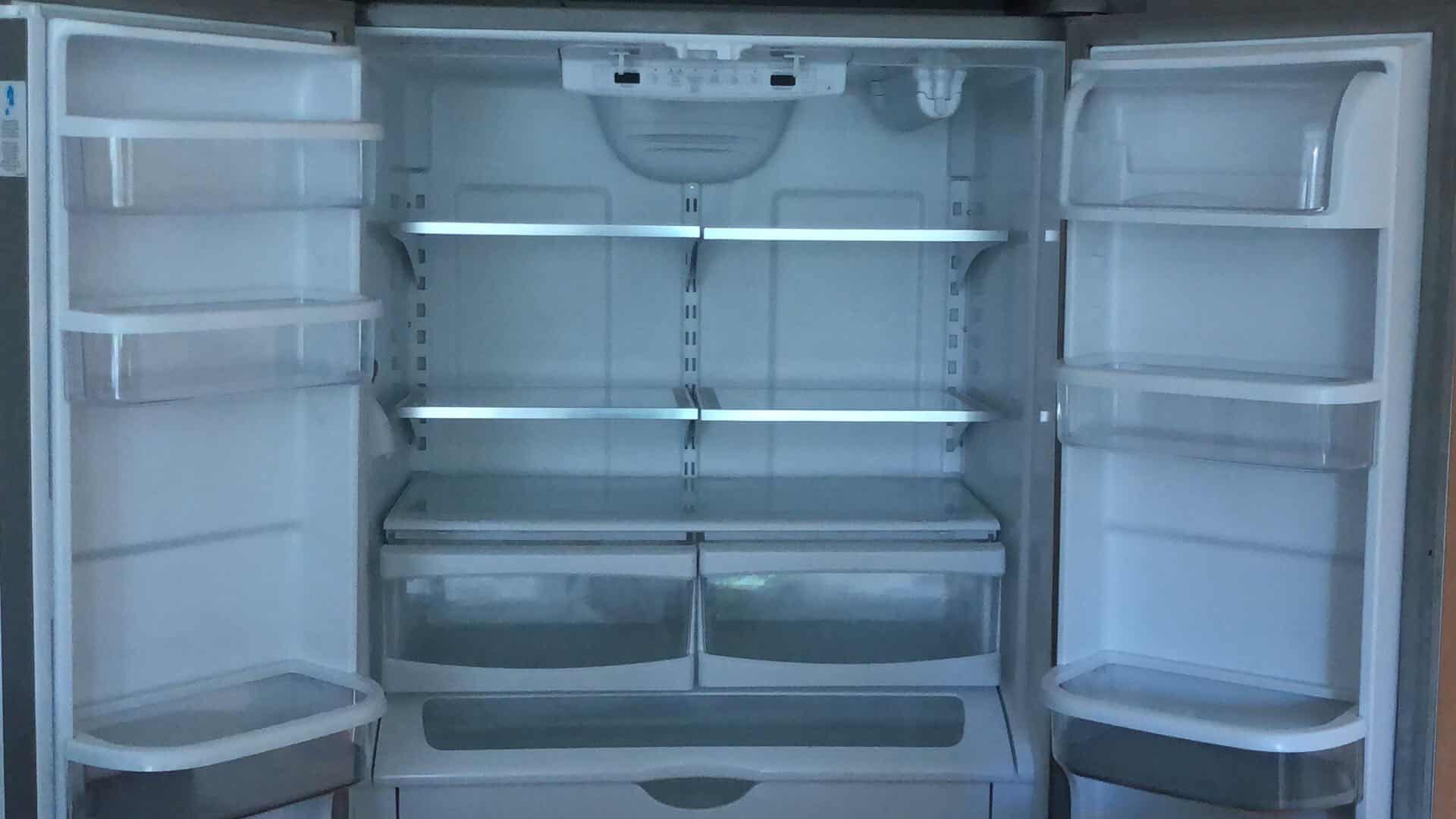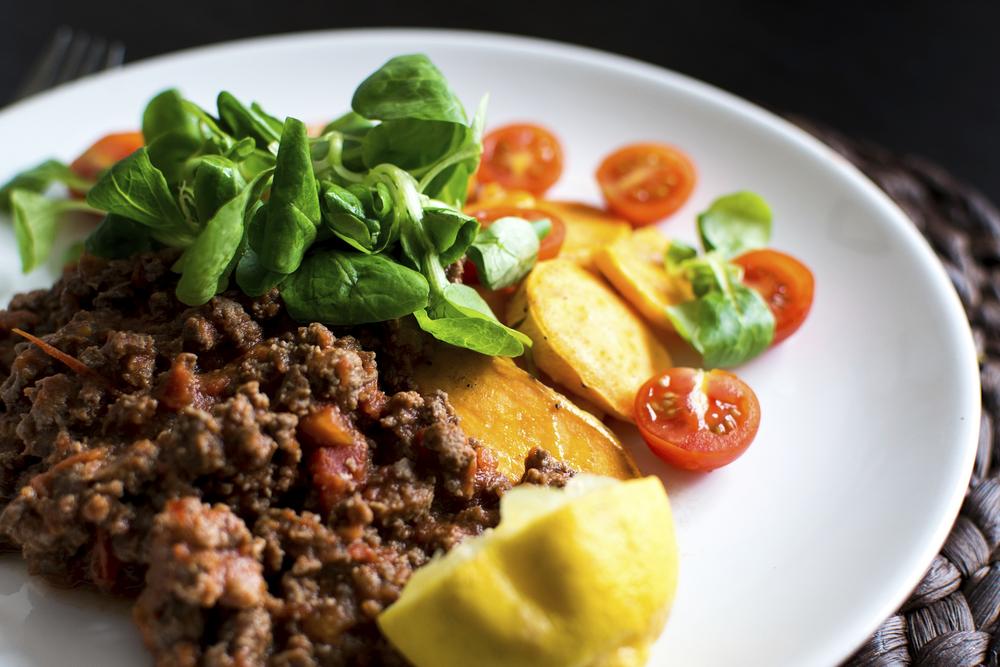Following **baking recipes** is a piece of cake!
However, they can be frustrating and not helpful, especially when you don’t understand the measurements used.
For instance, a recipe may call for a packet of yeast, and you have no idea what they mean as you store this ingredient in a jar.
So, how much in one packet of yeast?
A standard yeast packet equals about a ¼ ounce or seven grams.
Although some brands may weigh more, the amount hardly exceeds eleven grams.
That said, ingesting yeast will enhance your health as it contains essential nutrients like thiamin and potassium.
This post describes the amount of yeast in a packet using different measurements.
It also gives tips on using this ingredient and the nutritional benefits of ingesting yeast.
How much in packet of yeast?
The amount of yeast in a packet depends on the type and measurements used.
That said, below are different measurements for varying kinds of yeast.
In grams
Dry and instant yeasts come in packages with six to nine packets.
Each of these packets usually is equivalent to seven grams.
However, a block of fresh yeast weighs about fifty-seven grams or two ounces.
In tablespoons
If you’re following a baking recipe and all you have at hand is a tablespoon and a jar of yeast, don’t fret, as the conversion is easy.
A tablespoon is about one and a half packets of yeast.
In teaspoons
A packet of yeast is equal to two teaspoons and a half.
This is because one teaspoon is equivalent to four point two grams of this raising agent.
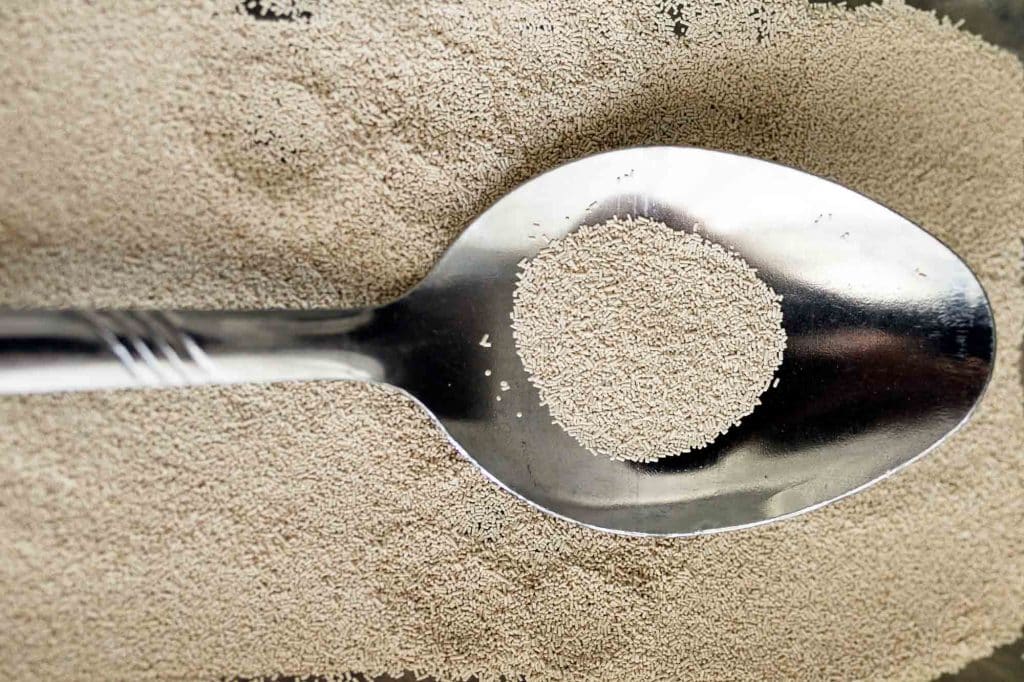
How does yeast work?
Yeast promotes fermentation which consequently causes the dough to rise.
However, you may wonder how it can do that given that it’s a single-celled fungus.
Bread is made of flour, water, and yeast.
After combining these ingredients to form a dough, the enzymes in the flour and yeast break the starch particles into simple sugars.
Yeast feeds on these sugars and excretes carbon dioxide, alcohol, and organic and amino acids.
Carbon dioxide bubbles get stuck in the dough due to its stretchy and strong gluten network, making it rise or increase in size.
On the other hand, alcohol, organic acids, and amino acids enhance the dough’s flavor.
That said, you shouldn’t let your dough over ferment as it would cause the elastic network to collapse.
This then causes it not to rise during baking.
Types of yeast
Yeast comes in three different types, and they include:
Fresh yeast
Fresh yeast is the oldest, least common type and is also known as wet or cake yeast.
It consists of thirty percent dry matter and seventy percent moisture.
Although this yeat has a shorter life span than its counterparts, it’s the most used among professionals.
This block of yeast has a stronger scent than the dry varieties.
It also has a pale beige color, is soft, and has a crumbly texture like that of a tender pencil eraser.
Fresh yeast can be challenging to find in grocery stores; switch it to another variety whenever necessary.
Active Dry yeast
Active dry yeast is a dry ground yeast.
This is the most used variety in homes; you will find it in almost all grocery stores.
It’s also highly perishable and has bigger particles compared to its counterparts.
That said, before using this ingredient, you first need to mix it with some warm water and sugar.
This is important as it helps check if the yeast cells are still living.
The yeast is alive if the mixture starts to foam after a few minutes.
However, if nothing happens, the cells are probably dead, and you shouldn’t use them for cooking.
Instant yeast
Instant yeast has smaller granules than active dry yeast, meaning you don’t need to activate it using water and sugar.
However, you’ll need to constantly check the expiration date to avoid using it after it’s due.
Additionally, this yeast is made in a way that always keeps the cells alive.
Therefore, you can stock up on this ingredient for use over a long period.
Substituting different types of yeast
You can substitute instant yeast for active dry yeast at one to one ratio.
However, you will have to wait a little longer for the dough to rise as active dry yeast requires more activation time.
For this reason, keep an eye on your dough when using this yeast instant of the instant variety to avoid excessive rising.
On the other hand, when substituting active dry yeast for fresh yeast, do it at a ratio of one to two.
This means that for every teaspoon of active dry yeast, replace it with two teaspoons of fresh yeast.
How much yeast do I need?
If you’re just starting to bake, it’s advisable to follow the recipe’s instructions for excellent results.
That said, the ideal yeast-to-flour ratio is that you should use a packet of yeast for every pound of flour.
Some recipes that require slow fermenting can call for amounts of yeast as small as two grams.
In this regard, invest in small measuring spoons that come in handy in such situations.
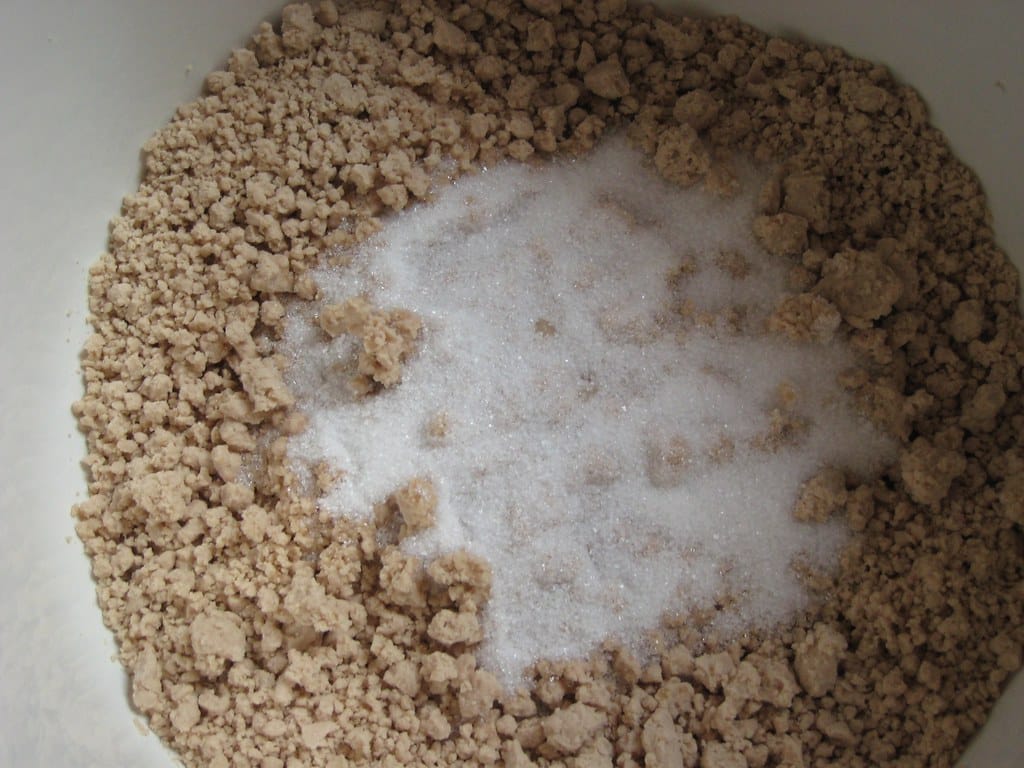
How much yeast do I need to make pizza dough?
Yeast is the second most important ingredient after flour in pizzas.
In this regard, it’s essential to understand the suitable flour to yeast ratio for the perfect pizza each time.
That said, the ideal balance is that you shouldn’t use yeast that’s more than one percent of your flour when baking pizza.
It’s better to use less yeast than excess amounts of this ingredient.
This is because you can wait for the dough to rise if you use little yeast.
However, it’s challenging to reverse a dough that has overstretched.
What to do if you use excess yeast
The best way to deal with excessive amounts of yeast is to reduce the temperatures during proofing time.
Lower temperatures will reduce the amounts of carbon dioxide your dough produces, preventing extreme rising.
Another efficient way of dealing with a lot of yeast is punching the dough.
This allows the dough to release most of the gas.
You could also identify or estimate the excessive amount and add more flour accordingly to counter yeast’s effects.
This can be hectic as it will require you to adjust the entire recipe to fit the new proportions.
Tips on using yeast
Below are tips on how to use yeast for the best baking results.
- Use lukewarm water – Water between ninety-five degrees to one hundred and five degrees is best for yeast as it helps it activate faster. Let the yeast sit for two minutes after warm water, then mixes until consistent.
- Add sugar – Yeast immediately starts to feed on sugar the moment you add it, meaning that fermentation begins at once. If the yeast is alive, you should see bubbles a few minutes after adding sugar.
- Use it under room temperatures – Yeast activates quickly in temperatures between seventy-five and eighty degrees. In this regard, if your house is cold, place this ingredient in a switched-off oven.
Storing yeast
Different types of yeast have varying storage needs.
You can store fresh yeast packets in your pantry or cabinets for more than a year.
This is because you can use it even after the due date.
Secondly, you should store instant yeast at room temperature.
However, if the packet is open, place it in an airtight container and store it in the fridge.
On the other hand, if you’ve opened a packet of active dry yeast, immediately refrigerate it to increase its shelf life.
How do I tell if my yeast is still for use?
Yeast expired isn’t effective, meaning you can easily get disappointed after using it.
In this regard, below are guidelines for identifying if this ingredient is still alive and working.
- Mix a ¼ cup of warm water with a packet of yeast
- Allow mixture to sit for ten minutes.
- Check to see if it has foamed to half the cup. If not, then it may be no longer useful.
Sometimes yeast that’s overdue just takes longer to rise.
Therefore if you have no time to run to the grocery store and back, you can try it out.
Alternative for yeast
Some people have low yeast tolerance.
In this regard, here are some suitable alternatives.
Double-acting baking powder
Double-acting baking powder contains tartar cream and baking soda.
This ingredient is acidic and thus only needs warmth and moisture to activate.
However, you don’t have to add water directly to it as it can get moistened when adding fluids to the dry ingredients.
Moreover, warmth from the oven will make it effective immediately.
Baking soda
Although it’s effective, you must combine it with acid before use.
Lemon juice is a perfect acid source and will activate the baking soda immediately.
Frequently asked questions(FAQs)
How much yeast is in a Fleischmann packet?
The amount of yeast in a Fleishmann packet depends on the type of packet you want.
However, the ideal packets of either active dry yeast, instant yeast, or active yeast equal seven grams.
How much instant yeast is in a packet?
A packet of instant yeast is equal to two teaspoons and a quarter.
This is also equal to seven grams or a ¼ ounce.
How much dry yeast is in a packet?
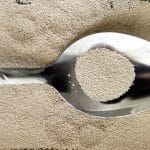
A packet of dry yeast contains about ¾ of a tablespoon.
Although this amount seems small, it goes a long way as it can raise a large dough.
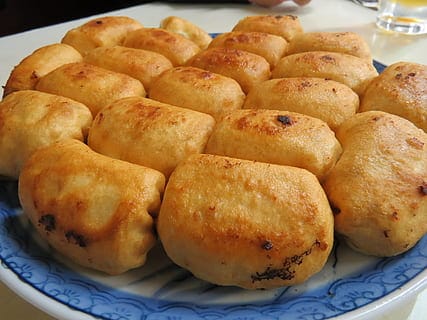
Golden Corral Rollsː The Perfect Yeast Roll for Every Meal
Equipment
- 1 oven
Ingredients
- 1 Active dry yeast
- 1 water
- 1 Sugar
- 1 Salt
- 1 Margarine
- 1 Eggs
- 1 flour
- 1 milk
- 1 Melted butter
Instructions
- Combine the yeast, warm water, and sugar in a small bowl. Remember to stir until yeast dissolves completely; allow it to stand for about five minutes. Now, add salt and margarine (or butter) to the mixture, and beat until well combined.
- Beat the eggs to combine and then add them to the yeast mixture. Stir until everything combines well.
- Add the flour to the mixture, little by little, until it forms a soft dough. If using a stand mixer, attach the dough hook and mix at low speed until the dough comes together. Use the remaining flour to dust your work surface.
- Turn the dough out onto your floured work surface and knead for about eight minutes. The dough should be smooth and elastic when finished. Place the dough in a greased bowl, cover it with a damp towel, and let it rise in a warm place until it doubles in size in about an hour. At this point, you can either shape the rolls and let them rise a second time or refrigerate the dough for up to 24 hours. If you’re going to refrigerate the dough, remember to take it out of the fridge about an hour before you plan on baking the rolls.
- Once the dough has doubled in size, punch it down and turn it out onto your floured work surface. Divide the dough into 12-16 pieces and shape each piece into a ball. Place the rolls on a greased baking sheet, cover them with a damp towel, and let them rise for another 30 minutes.
- Preheat your oven to 400 degrees Fahrenheit while the rolls are rising. When done rising, brush the tops with melted butter or margarine and bake them in the oven for 12-15 minutes, or until they’re golden brown. Serve while warm with your favorite meal.
Video
Nutrition
To wrap up
Although working with yeast can be challenging, most recipes call for a packet of yeast which should no longer be a problem after reading this article.
That said, active dry yeast and instant yeast are the best options to use as they are accessible and more effective.
- 25 Best Jello Recipes - July 27, 2024
- 25 Homemade Dark Rum Cocktail Recipes - July 27, 2024
- 25 Easy Cool Whip Recipes - July 27, 2024
